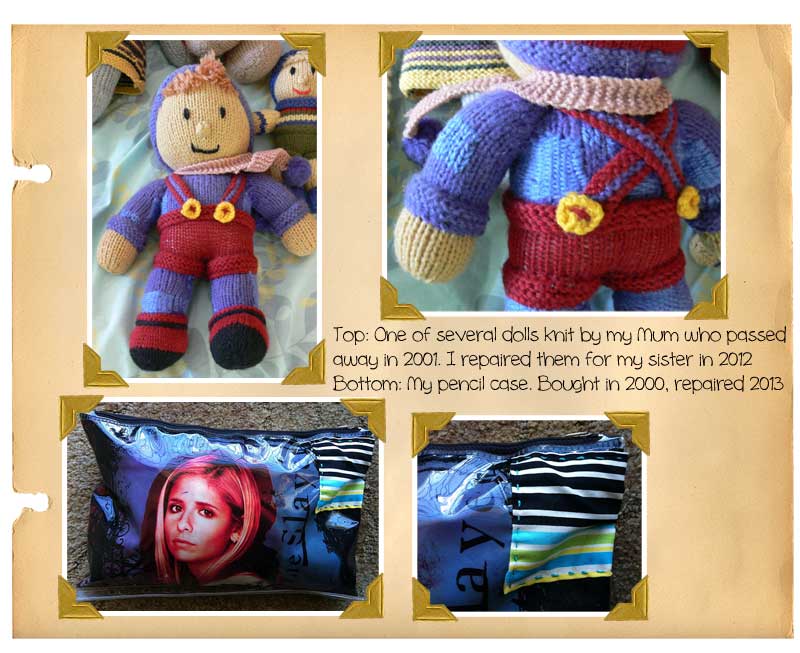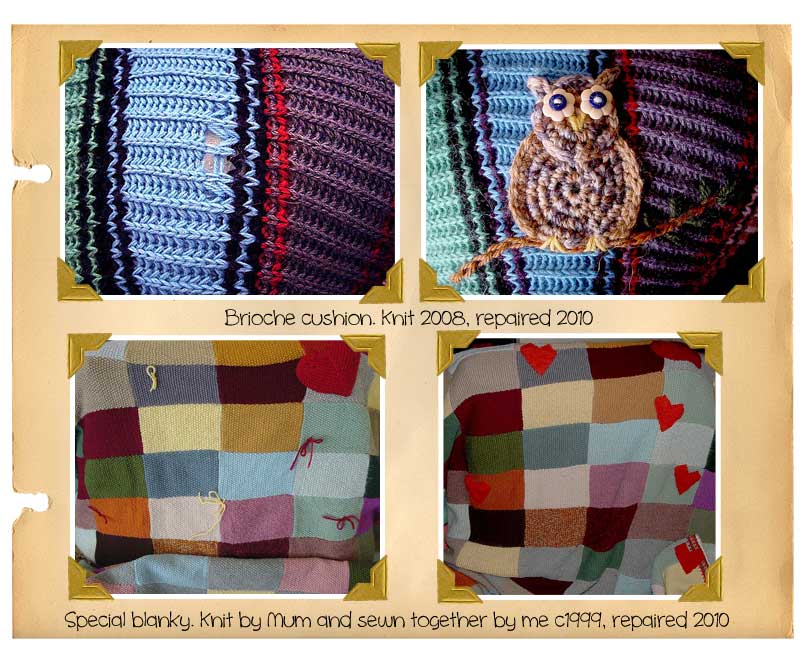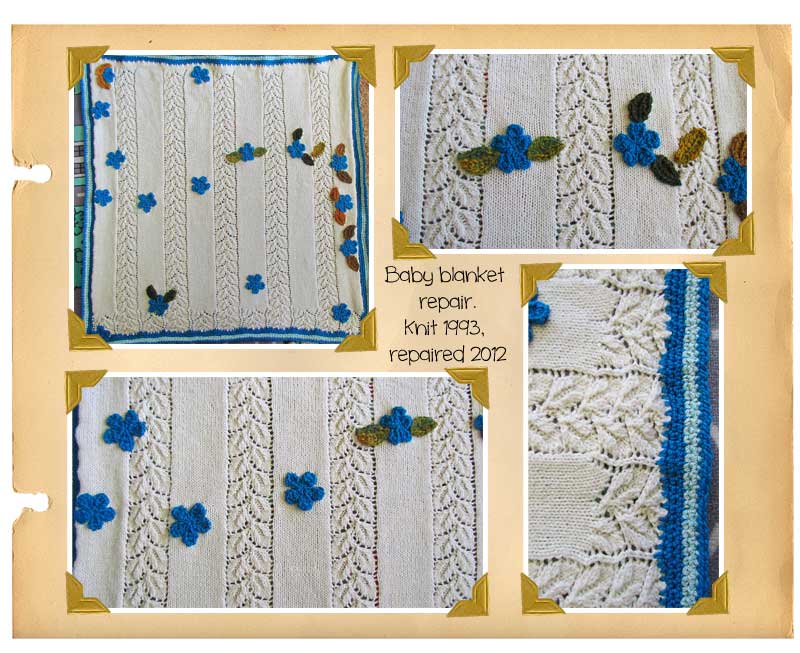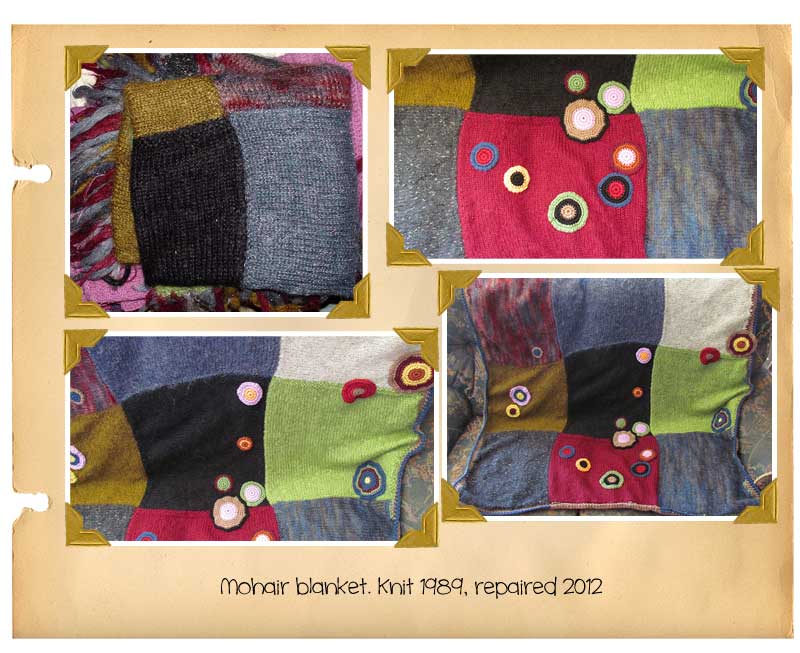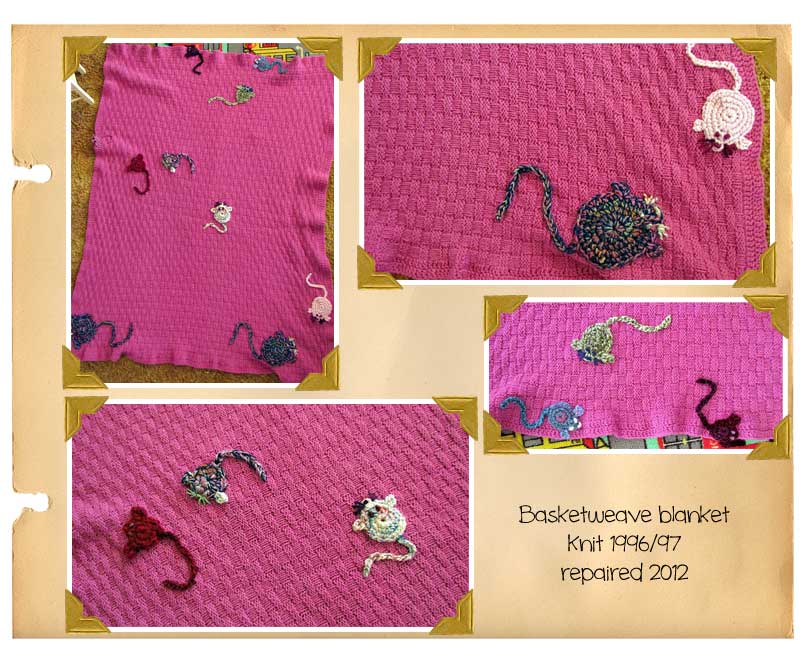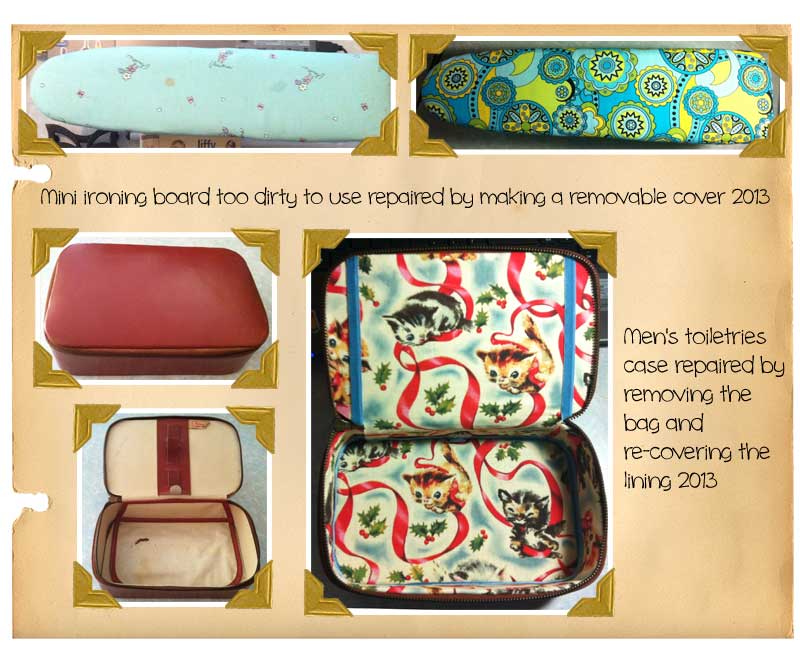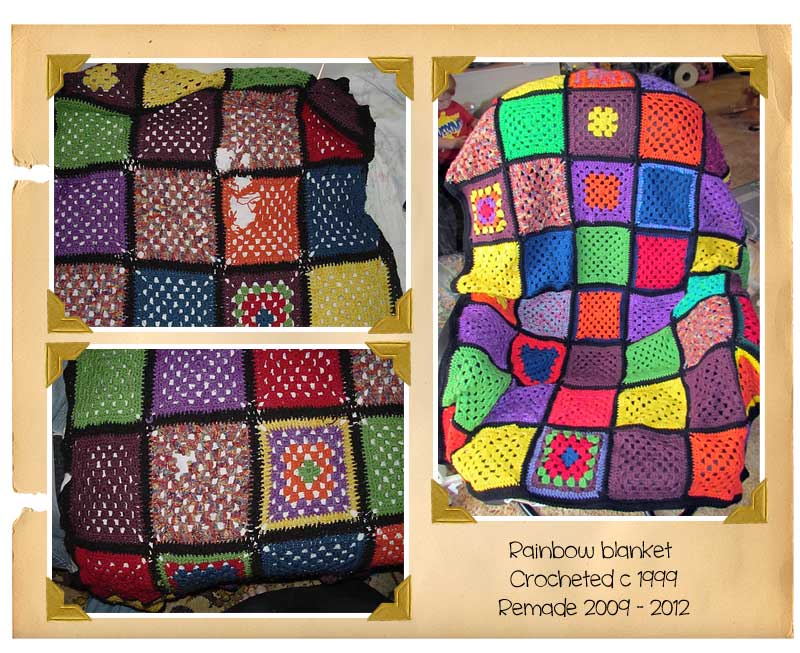I have to admit, I love to repair things an it’s only recently that I have begun to wonder why.
Thrift plays a small part in this. As a family we have always repaired and upgraded our own computers until they reach an age where they’re just not usable for our purposes any more, and as a mum I find myself forever gluing my son’s toys back together! But more and more I find that this is only a small part of why I almost always head for a pot of glue before heading to the shops to buy a replacement.
Whenever I visit antique shops the things that grab my attention are not large, impressive vases with exquisite detailing or grand pieces of furniture. I’m always drawn to the handmade, the obviously well-loved and well-used and things that have been fixed with skill, creativity, or both. Things that were used in everyday life rather than those intended to impress. They have a link to the people that owned and used them, a history.
The personal history of objects is just one of the reasons I choose to repair things. Some things have sentimental value such as the dolls in the photo below. When I visited my sister at Christmas she had a collection of dolls that our Mum made and they had been attacked by moths so I spent two days fixing them for her. Below that you can see my pencil case, which I repaired just because I like it. I’ve spent the last two years looking for another pencil case without being able to find one I liked as much, so why not fix it? I could have used tape to repair the hole but a fabric patch suited me better. I really should clean that smudge from Buffy’s face…
Sometimes I like to fix things creatively.
Holes and worn spots patched with, um, patches.
Baby blanket. I crocheted around the edge because it looked unfinished and covered any holes or tea stains with flowers.
More holes and worn spots covered with patches. I also removed the tatty fringe.
Holes covered with a crochet patch and some loomed flowers.
More holes covered with more crocheted patches!
Sometimes I like to fix things invisibly. I’m currently learning more invisible mending techniques so I can do this more often, especially with darned clothing.
At the top is a baby jumper made for my daughter (now 19). I replaced the neckband by undoing the original and knitting a new one on. Unfortunately I lost the cool bow button in the process 🙁
Below that is a blanket that I made many years ago and gave to my Mum. I replaced the red round of crochet. I needs a couple of more repairs now but it’s special because Mum did nothing for three days except darn in all the ends because she liked it so much.
Sometimes I buy things that are imperfect because they suit what I need. Then I fix them to make them into exactly what I wanted.
I had been thinking about buying a small tabletop ironing board for ironing seams when this one turned up in the local op shop for a couple of dollars. I had intended to replace the cover but a friend on ravelry suggested a removable cover, making it even better than new because now I can wash it whenever I need to.
The box is another thing I was looking for that almost suited my needs. Anyone who visits this site regularly will know that I have a bit of a passion for flower looms (a bit, haha). Anyway, I needed a way to carry them in my bag when I travel without the spokes getting broken off. No matter how hard I looked, all I could find was cheap looking makeup boxes until I saw this retro box at the tip buyback shop (a shop at our local garbage dump where people leave things other people can use so they don’t have to pay to dispose of them). The lining was filthy so I washed it, took out the bag and re-covered it with kitsch Christmas kitten fabric. I love how it’s now a very sedate looking retro men’s toiletries bag when it’s closed, and a total surprise of ridiculous kitschiness when you open it 🙂
It was also a very enjoyable challenge to work out exactly how to re-cover the lining of the box. The right order to do it in, the right technique, the size of the pieces and how to cover my mistakes.
Sometimes I don’t want to fix things at all but they’re important to someone else so I do it anyway 🙂
I took this blanket apart completely, remade about a third of the squares and then put it back together.
There are still things that I refuse to repair though. We have some nasty cheap book cases in our living room which I hate. They’re scheduled to be replaced with proper solid pieces of furniture as soon as they fall apart (which looks to be soon!). I also don’t bother to repair rips in cheap clothing, only special items or things like jeans, where a repair can be creatively done.
So that’s why I repair things. Personal history, a challenge, a chance to be creative, to turn something that’s “almost right” into something perfect, to lengthen the life of something useful, or to do something nice for someone else.
Do you repair? Why? Why not? If you write a blog post about it let me know and I’ll add a link below.
Blogs I like about creative and useful repair:

